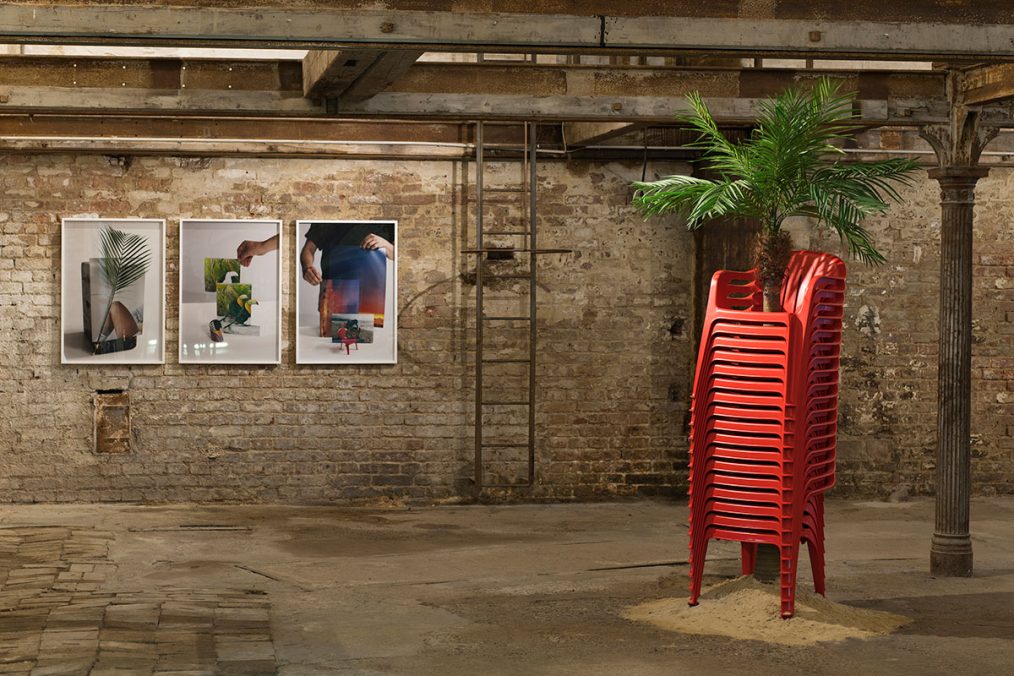
Through diverse techniques ranging from Photography to Collage, Sculpture, and Installations, he questions how we adapt to an ever-changing ever-moving world in an attempt to materialise emptiness, absence, and other concepts alluding to identity and melancholy.
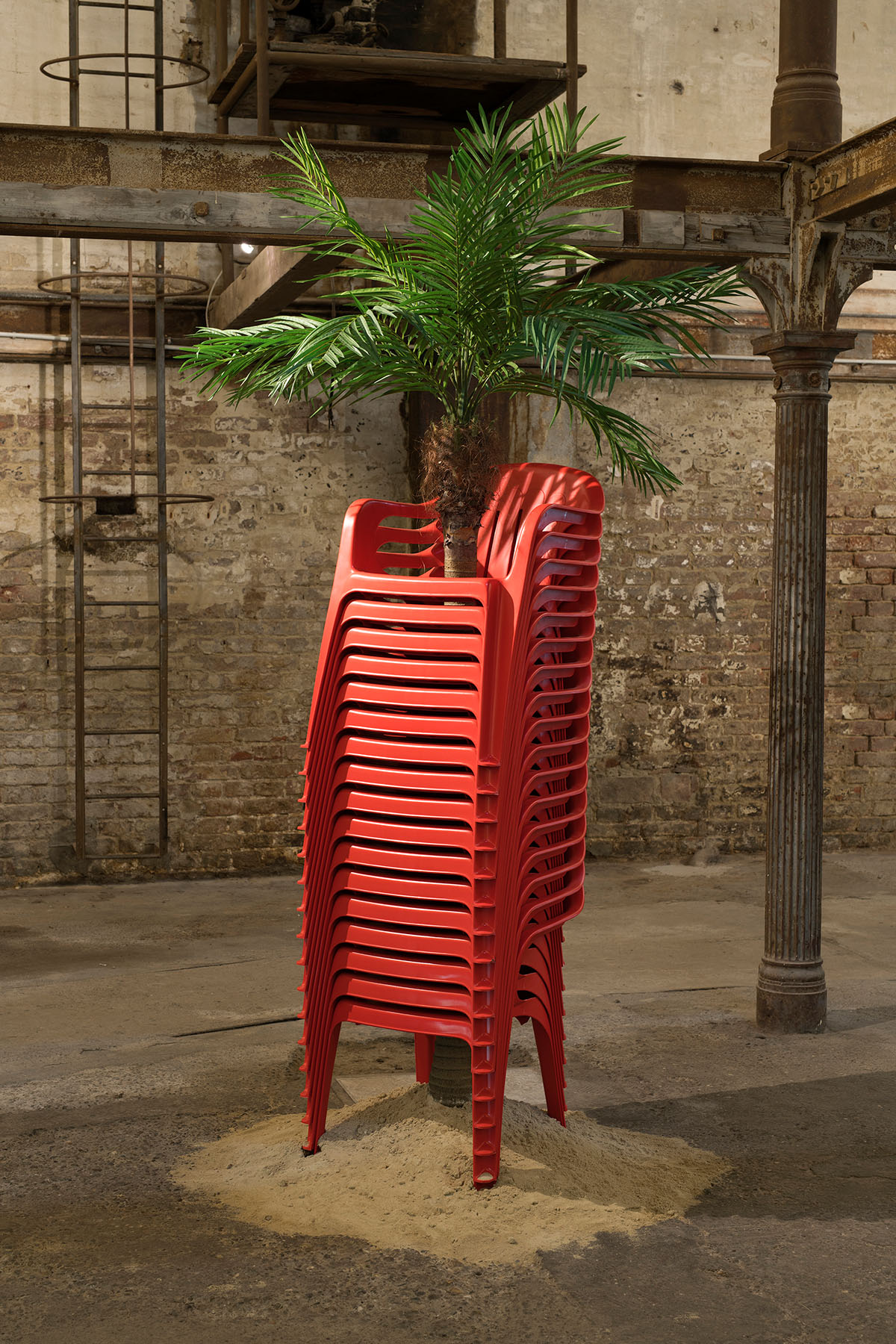
What is your main tool to make art?
Even though Photography is the most present medium in my work, collage is my main tool to create. At some point in my process everything is a collage, be it of images or ideas. Actually, Collage is what brought me into the medium of Photography. Soon after I finished high school in Colombia, alongside drawing, I started cutting out old National Geographic magazines I found at home. It was after filling up several notebooks with collages that I came to the idea of using my own images instead of found material and that’s when it all started. Besides Collage, Drawing has also always been a very personal way to communicate or materialise my ideas into something somewhat less abstract than thoughts.
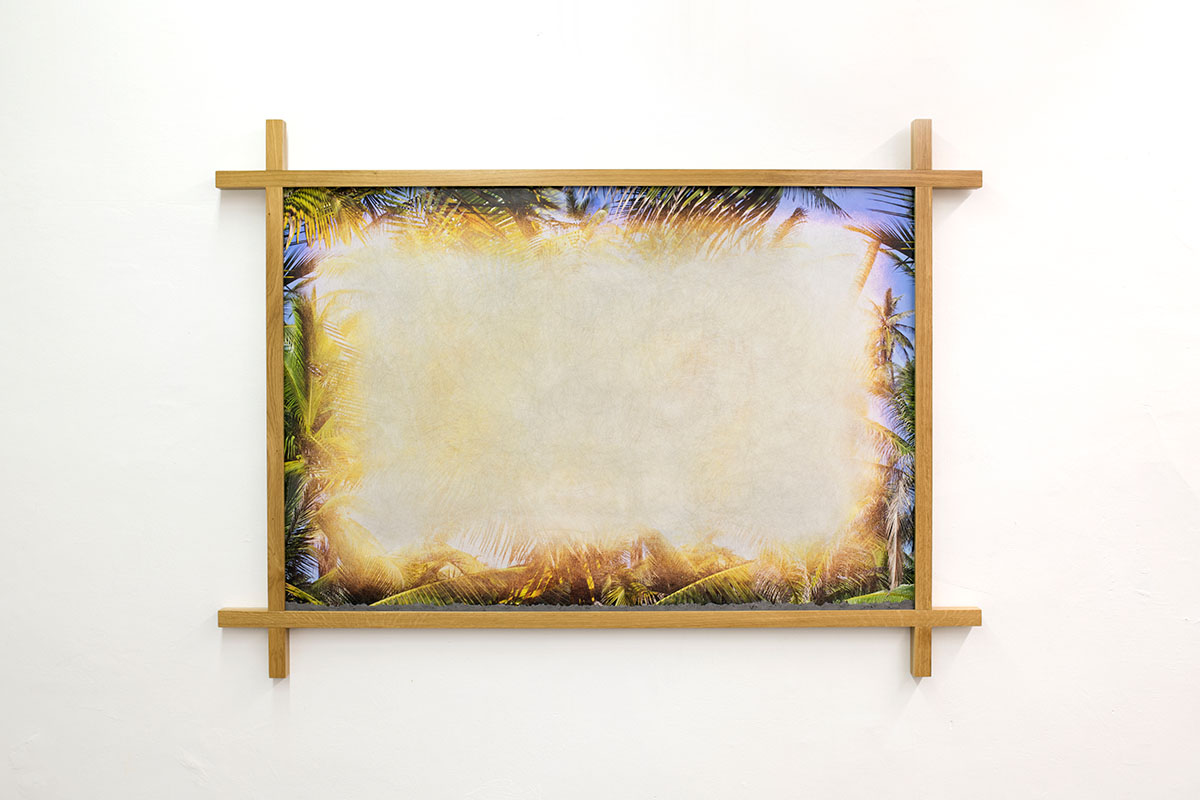
Resistance Of Memory, 2022 01 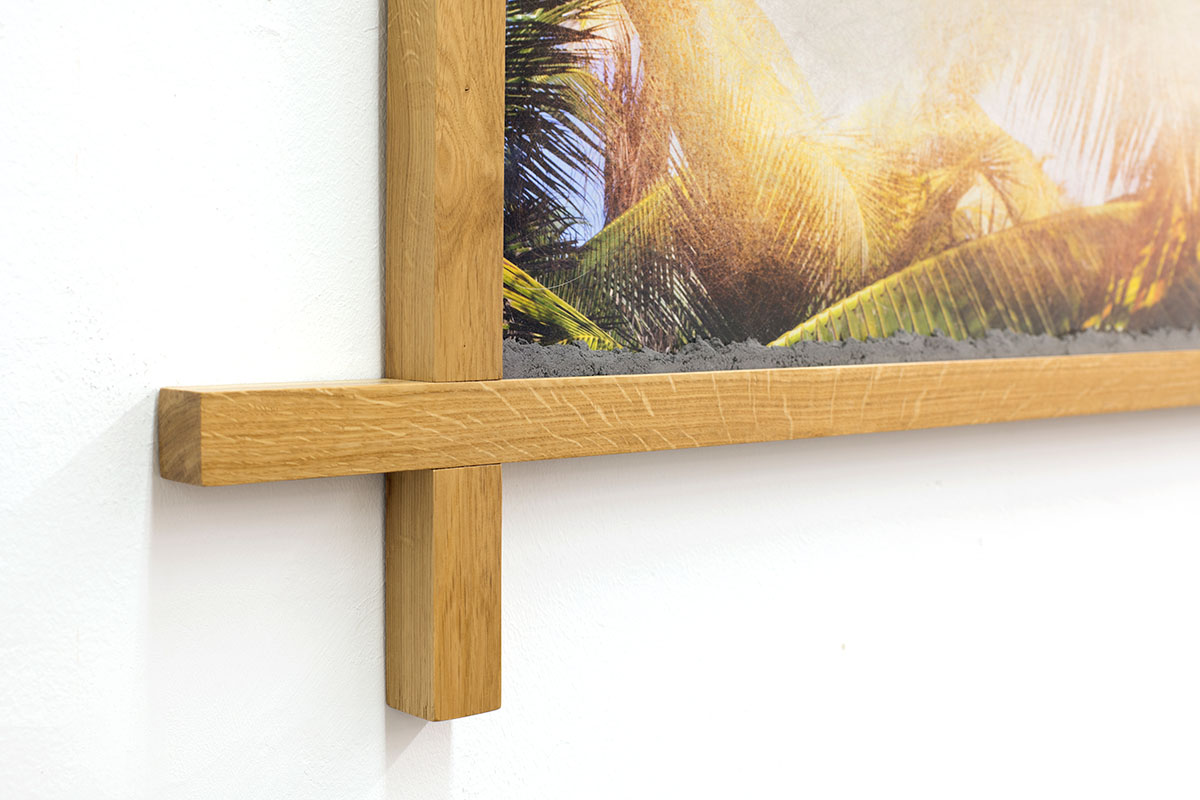
Resistance Of Memory, 2022
What influences your art? What are the themes of your art?
My heritage, my hometown and its landscapes, the Caribbean iconographies, geographical movements and migration. Further, studies like theoretical physics and how we seek to understand the behaviour and existence of both time and space have been an influence in my work, directly effecting the way I think of and perceive my surroundings and the events happening throughout my everyday life. Identity could be said to be my point of departure, somehow borrowing elements from a biographical context and including them into my pieces. Ultimately, the only real objective truth I can speak of is that of my own experience, so I use it as a tool to create more complex interconnections between images and ideas. Lately, dreams and Memory have been very present themes in my work. Through different methods such as covering, hiding, layering, deleting and erasing, I try to bring these ideas into the space and to the spectator, inviting them into a moment of interpretation. It is precisely this confrontation with the other what interests me the most in the entire artistic process.
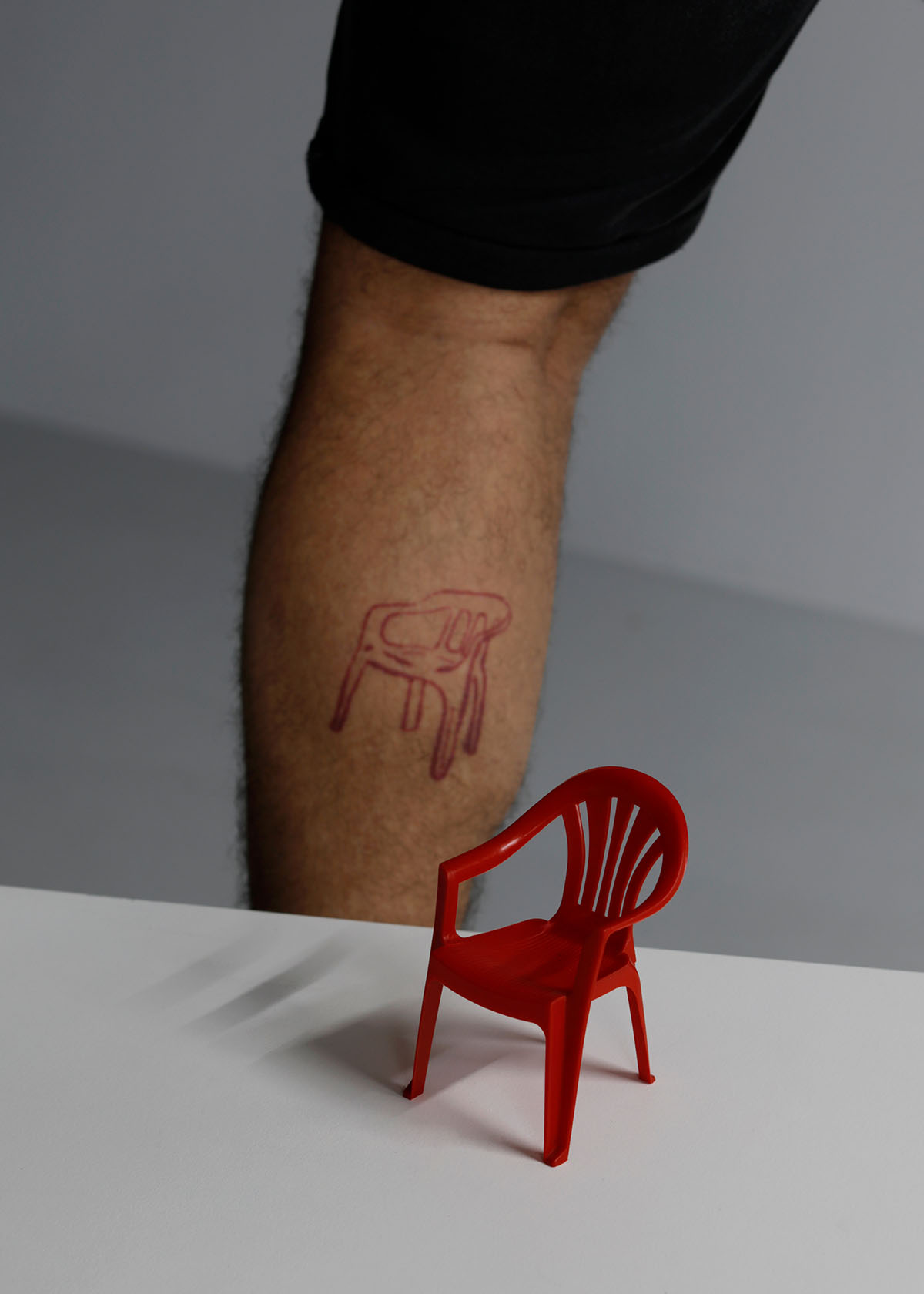
Self-portrait with One and Two Chairs, 2020 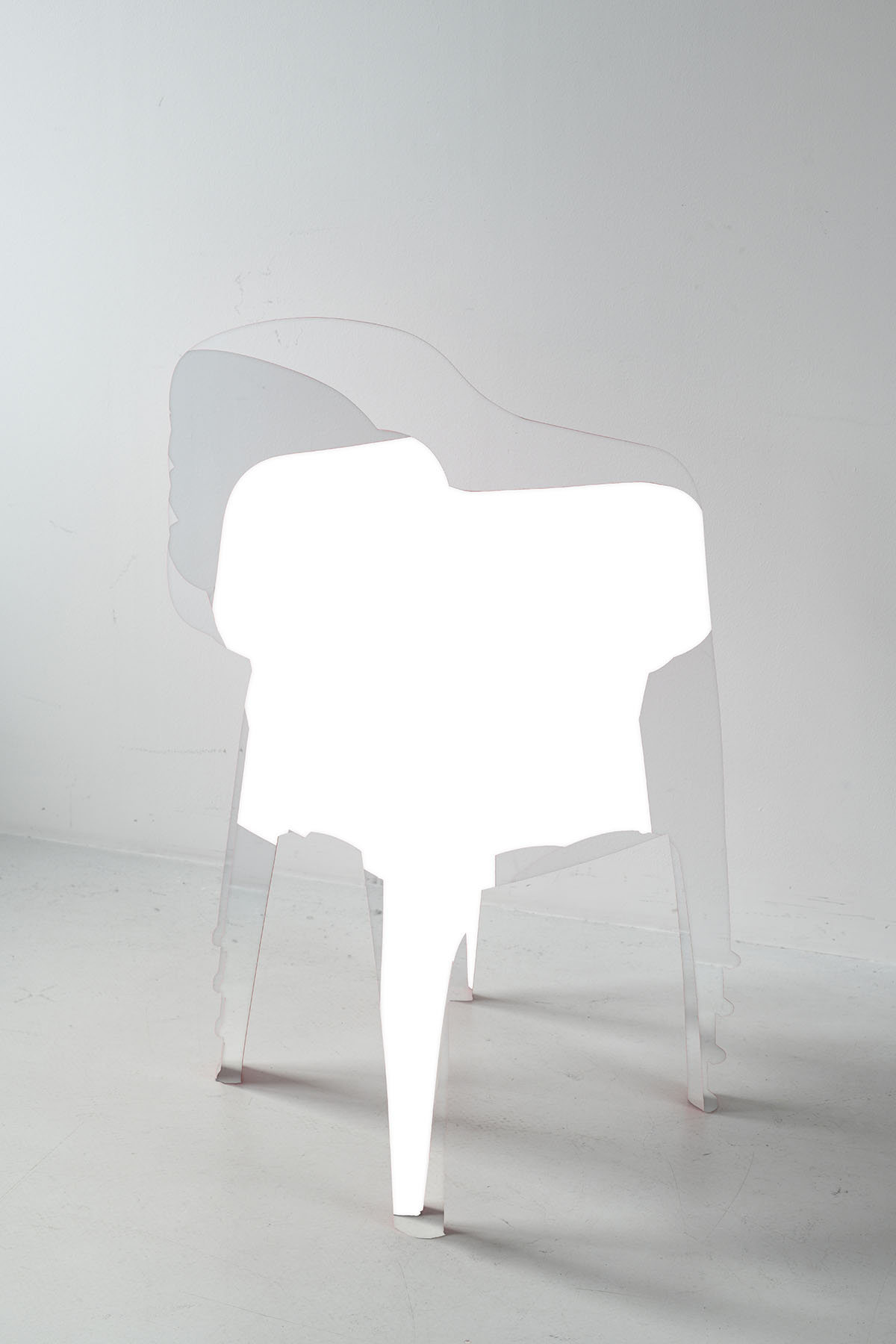
Untitled, 2022
What does your work aim to say?
While art has no obligation of saying anything in particular, I seek to create a space of contingency where the people can be able to reflect and project themselves.
What role does the artist have in society?
I wouldn’t call the artist a prophet, but art has the ability to speak truth through interpretation and reflection. Even though, ironically, I’ve found throughout the years that truth can also be spoken through pointing out lies, through the ridiculous and even through humour, be it subtle or direct. Historically, art has also been able to question the status quo and explore social and political injustices and to bring them, poetically speaking, from the obscure into the light.
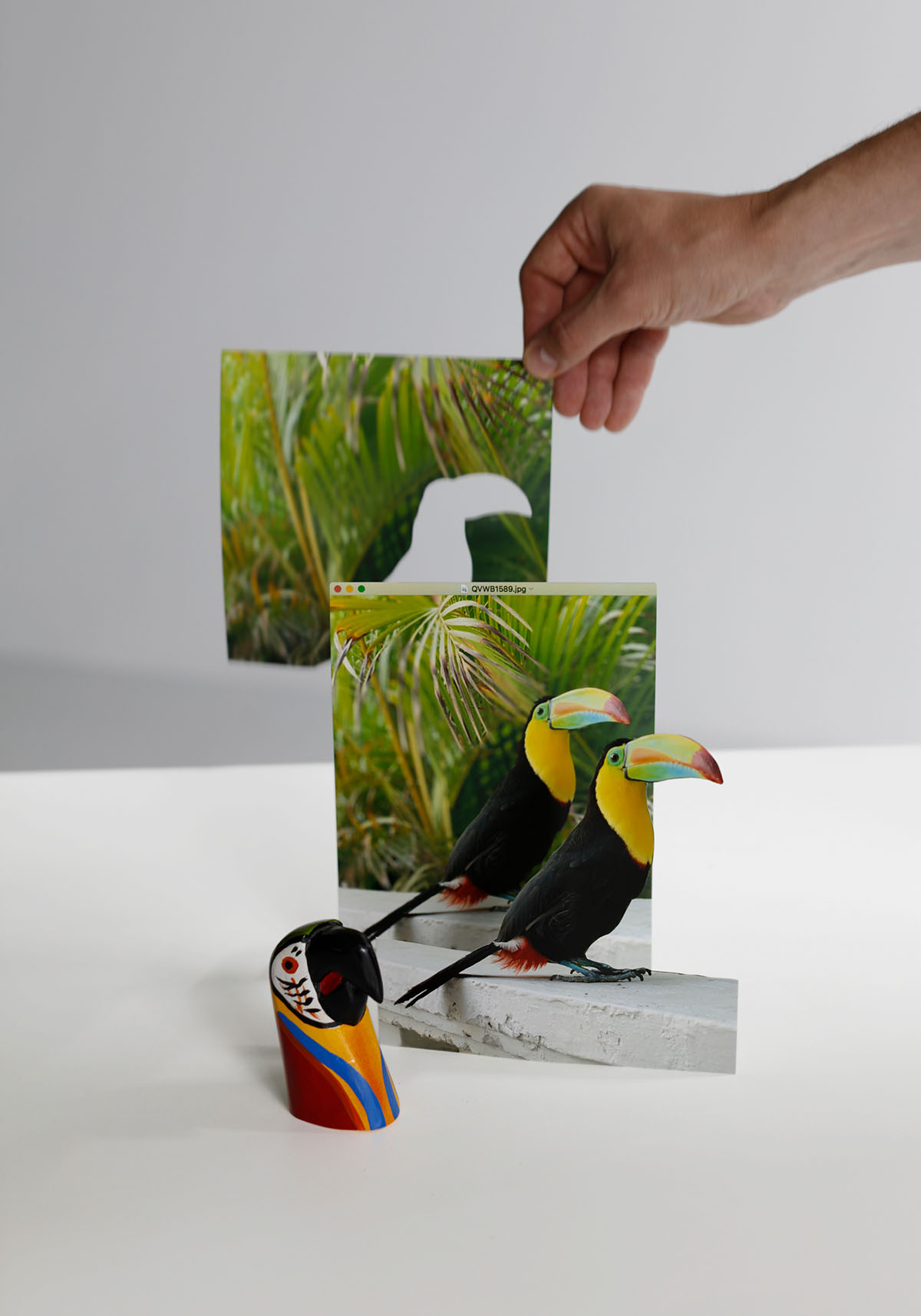
How would you describe yourself?
How do others see you? I see myself as a realistic dreamer through strong convictions and hard work, coupled with a clear understanding of my sensibility. I’m quite critical, which is a driving force in my relationship with my beliefs. The people who know and love me would say that I’m creative and open minded. They would say that I’m grounded, even though I move between continents, borders and cultures. I’m professional, family- & community-oriented, and forward thinking. And the people who don’t know me well, they’d say I’m passionate or melancholic to my detriment.
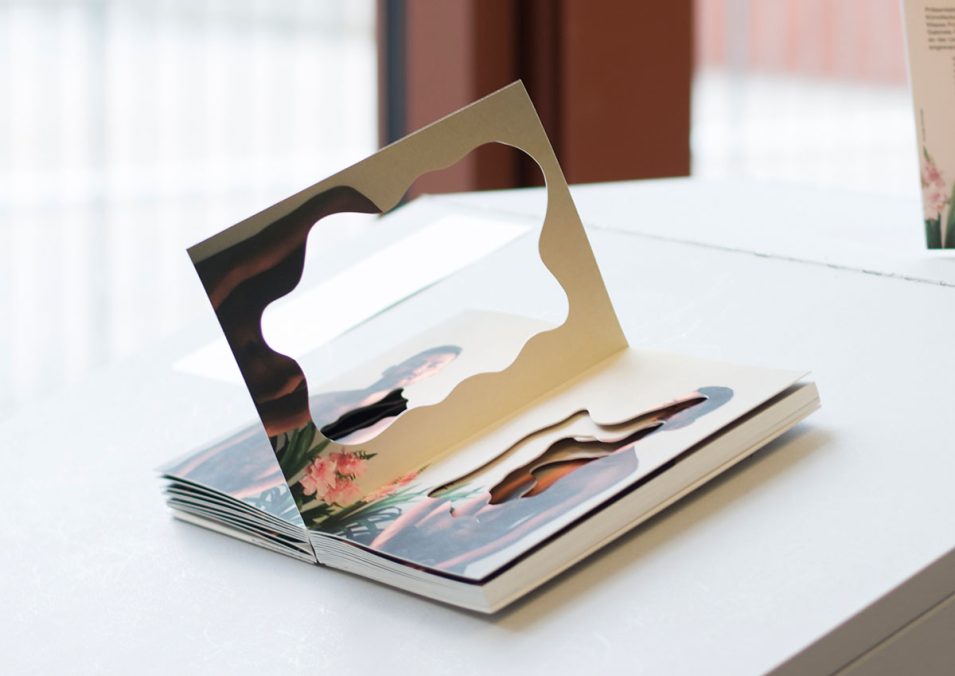
Artist Book, Going Through a Conversation, 2018 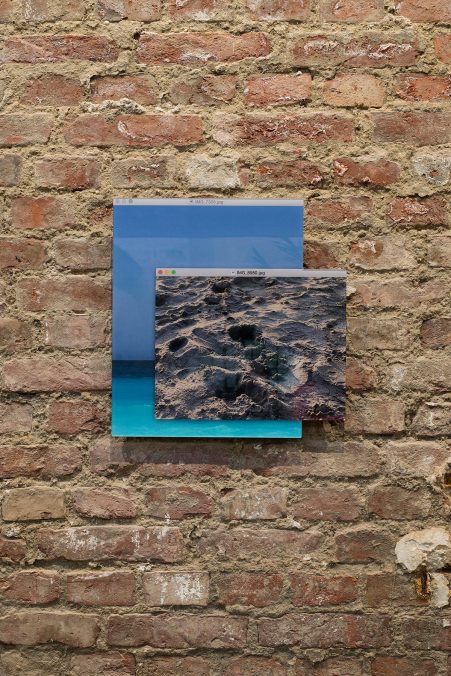
Window, 2021
Is there something that not many people know about you?
I’m transparent about my identity, which I also tend to blend into my work. And, while I try not to hide behind an image of myself, most people don’t know that I’m also a bit specific about cleanliness and order. Quite contrary to the artistic cliche of chaos, I prefer to work and live in a clean and organised environment. Somehow, order gives me the chance to create my own chaos rather than being obstructed by it.
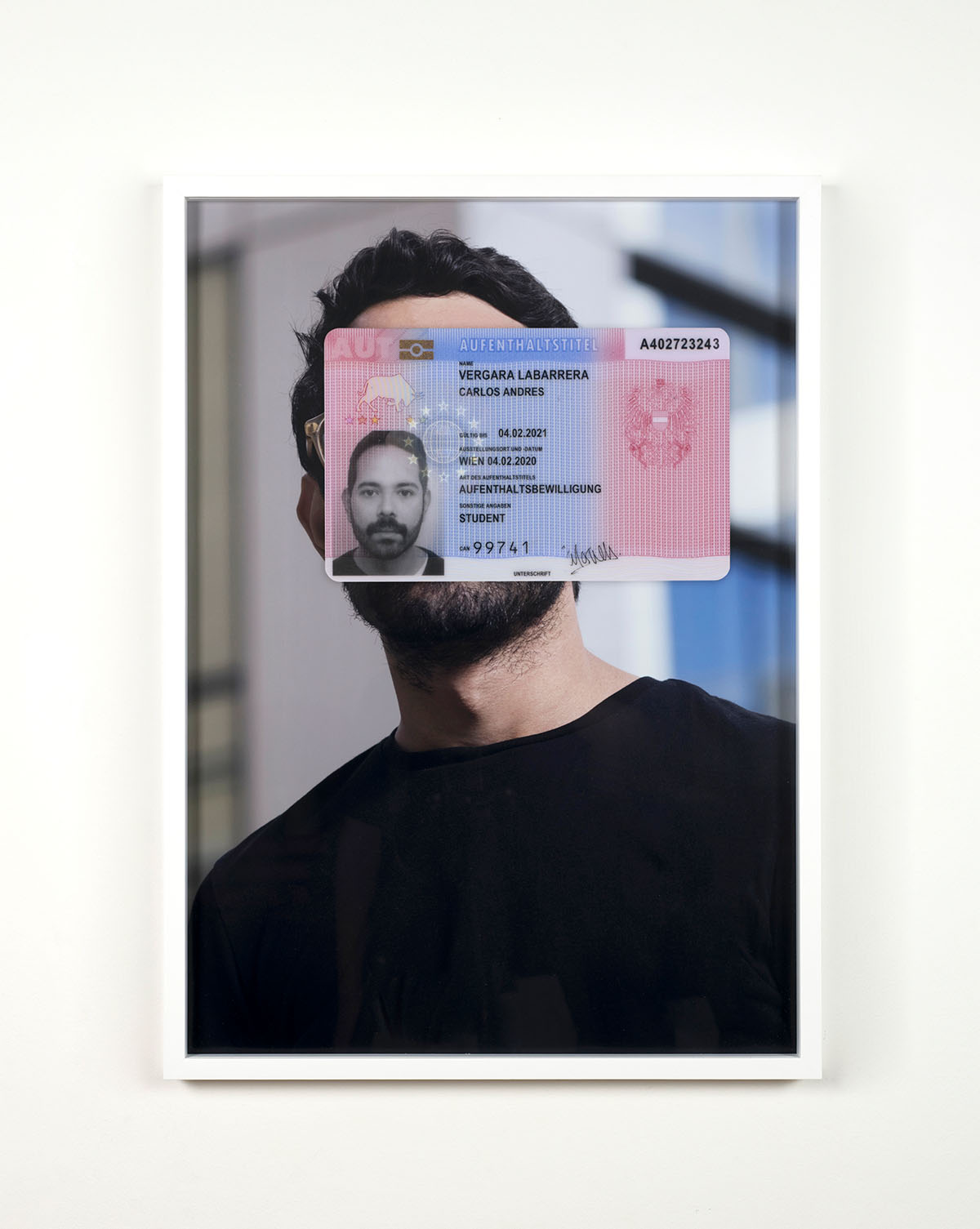
On what are you working right now?
Beside continuing to work on my ongoing series of erased landscapes, I’m currently working on a couple of sand sculptures. Sand has become a very present and important material within my work; it doesn’t only connect me directly and emotionally to the landscape of my childhood in the Caribbean, but also has this poetic ability to represent absence. I’m interested in the malleability of the material and the potential dichotomy between the idea of something materialising and disintegrating at the same time.
Upcoming: On the 18th of May is the opening of a duo show with Anna Carina Roth at Verein Fortuna, where I will be showing some of my new sand sculptures. On the 19th of May opens „How does the body take shape under pressure?“, a group show curated by Alper Turan and Nazim Ünal Yilmaz for the Queer Museum Vienna at the Volkskundenmuseum.
Carlos Vergara – www.carlosvergara.co, www.instagram.com/carlosvergaralab/





